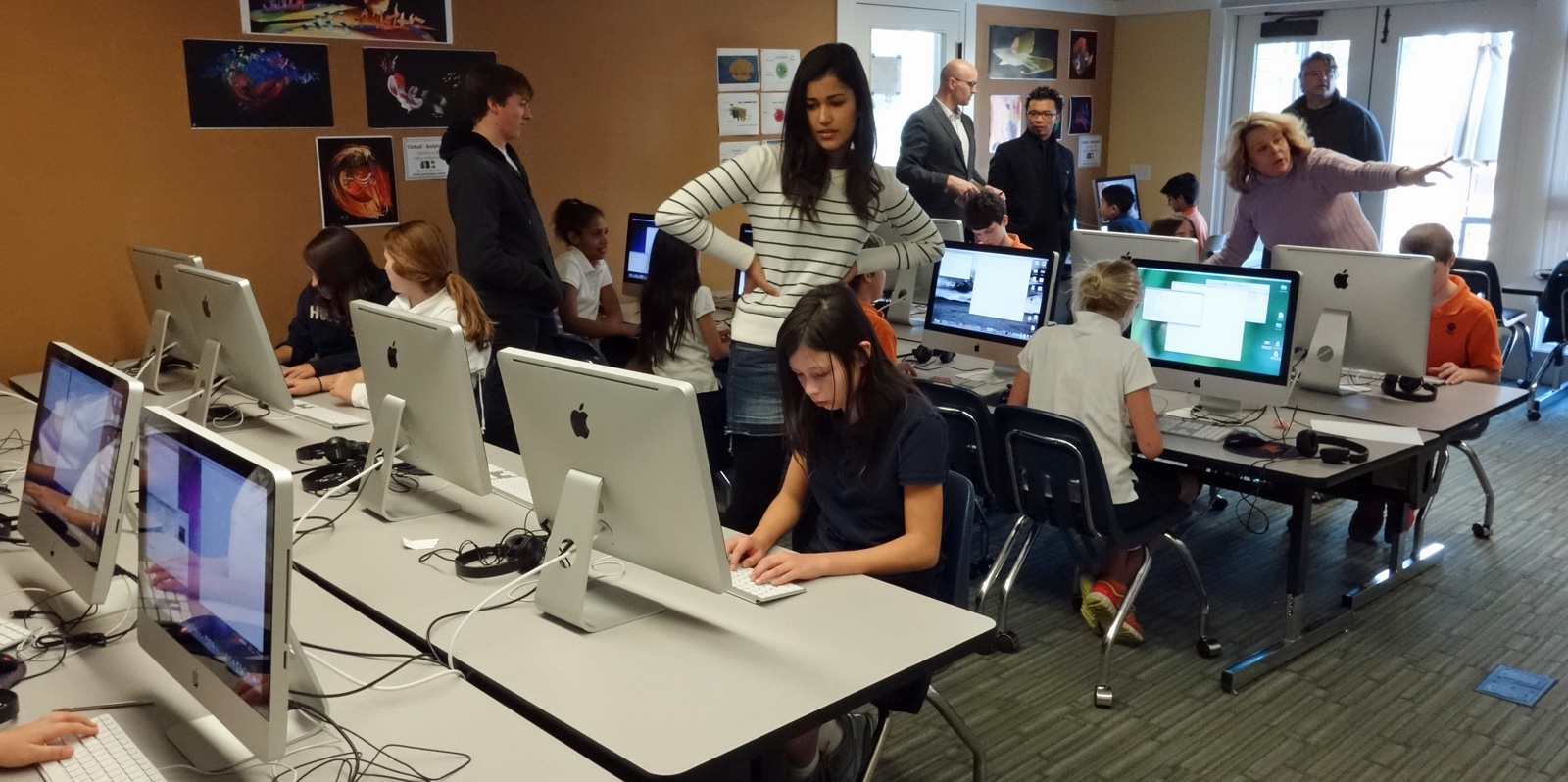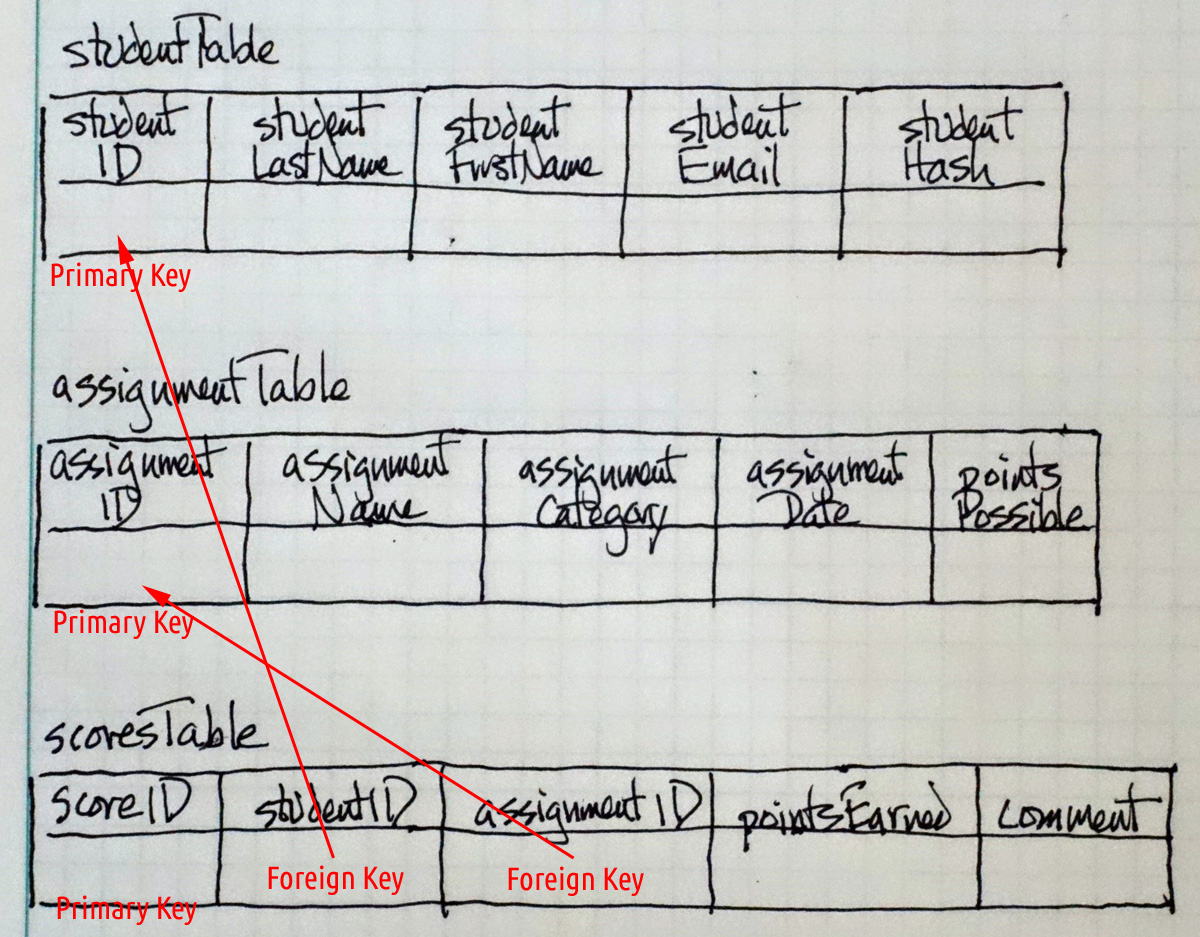HOUR OF CODE
by Richard White
2013-12-14
You may have heard about the Hour of Code this past week, a 5-day educational technology event sponsored by Code.org that is meant to inspire future generations of computer scientists and computational thinkers: by spending just an hour working on a computer science related project—playing with a coding simulation, building a game, solving an algorithmic puzzle—students of any age level will have a better understanding of the topic of computer science, and perhaps be inspired to study it further, either in school or on their own. As a computer science teacher it had popped up onto my radar a few months ago, and it sounded like an intriguing idea so I proposed the idea to our school directors, who were immediately excited about the possibilities.
Fast forward two months, lots of meetings, some curriculum development, and a website, and I’m happy to report that Hour of Code was a rousing success at Poly. We decided early on to target fifth and seventh grades at the school, and I decided early on to create a curriculum—part coding, part computational thinking discussion—that would work with our students. It certainly helps that we had an entire Apple iMac computer lab that I was free to install a user-friendly text editor on.
As I write this, we’ve finished working with the two classes of fifth graders, who thoroughly enjoyed the experience. We talked, we coded, and they walked away with an official and personalized Code.org Certificate of Completion as well as a printout of their code and corresponding Python turtle-graphics art. (Little Marco enjoyed the experience so much that he was quite put out when the lab had to be vacated before he’d put the finishing touches on his masterpiece. I learned later that the first thing he did when he got home from school that day was to plop down in front of the computer and finish his program.)
Crucial to the success of the day was the support of a large number of people, including our division Ed Tech coordinators, our Director of IT, the teachers who gave us class time to work with their students, and three of my own Upper School students who came down to assist the younger students. We had teacher visitors from other schools in attendance as well, including a professor from Caltech’s Center for Advanced Computing Research. (I don’t think he was scouting our fifth graders for prospective students, but you never know…)
The participation of all these people was vital: advancing technology use in schools is not just about getting new hardware. As a gentle reminder of this fact, our seventh grade sessions—tentatively scheduled for this week—had to be postponed due to some scheduling conflicts. All is well, though, and we’ll be running a more sophisticated Hour of Code session—one that delves into recursion—with our seventh graders at the end of January.
For futher information about Poly’s Hour of Code, including code examples, the presentation slides, or a zipped file containing both, see Polytechnic Hour of Code.

